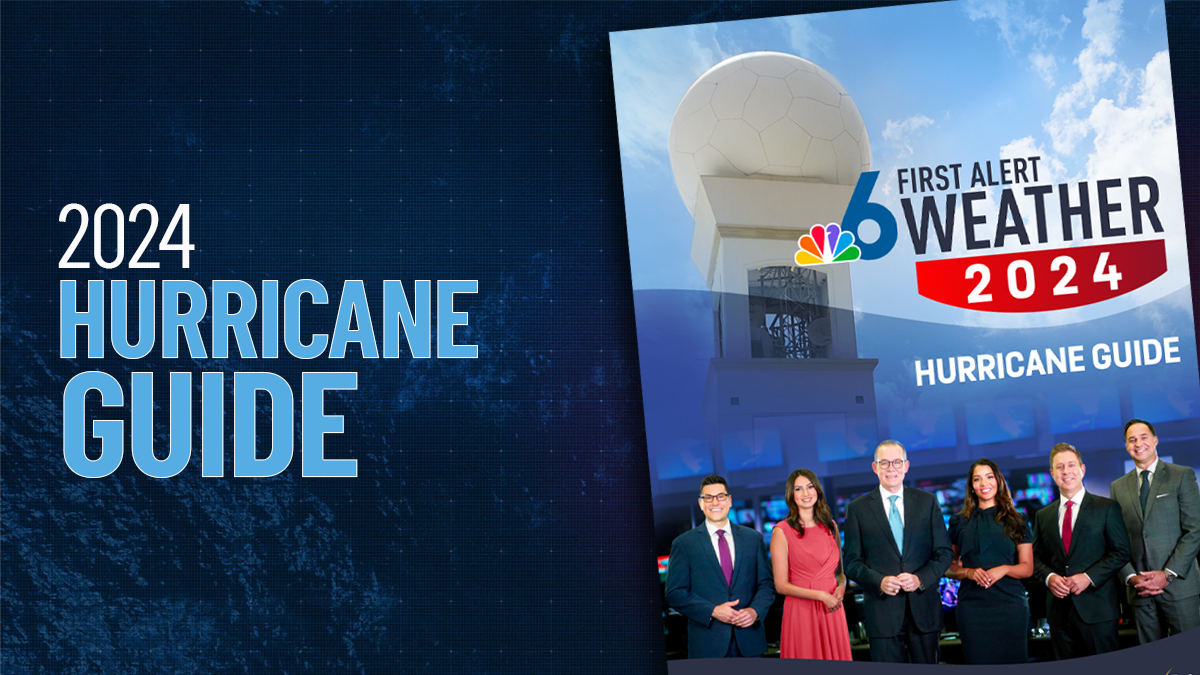This week was eventful in the tropical Atlantic, not just because of Hurricane Francine.
Francine struck southeastern Louisiana as a Category 2 hurricane with 100 mile per hour (mph) sustained winds, a coastal storm surge, and copious amounts of rain that led to a Flash Flood Emergency in New Orleans. The flooding rains then extended inland across Mississippi and Alabama. While Francine lost its tropical characteristics late on Thursday, weather impacts were expected to continue spreading into other states into the weekend.
Out in the distant Atlantic, west of Cabo Verde, a new tropical depression formed. The system was expected to strengthen into Tropical Storm Gordon on Friday while moving at a relatively slow pace over the open ocean between Africa and the Antilles. In the long run, Gordon will struggle to survive due to hostile upper-level wind shear. It will not threaten land.
Two other disturbances were being watched by the National Hurricane Center (NHC). One was off the coast of the Carolinas along an old stationary front. It’s expected to slowly drift north or northwest near the Mid-Atlantic states and was considered to have a low chance for development. The second system was not far from the Leeward Islands with a minimal chance for strengthening due to dry air in its vicinity.
The Hurricane season is on. Our meteorologists are ready. Sign up for the NBC 6 Weather newsletter to get the latest forecast in your inbox.
Circling back to Francine, it was the third hurricane to make landfall in the U.S. this season, after Beryl and Debby. Only eight other years since 1900 have had three or more hurricane landfalls by September 11, including 2004, 2005, and 2020 in this century. By that measure, plus beastly Beryl’s record-setting antics, 2024 is already an extraordinary hurricane season. However, by almost every other metric, the 2024 Atlantic hurricane season has suddenly become quite ordinary.
This is the week in which historical statistics caught up with the activity we’ve seen so far.
Early in the year, the Atlantic was running way ahead of schedule in terms of the number of hurricanes and — with Cat 5 Beryl forming so remarkably early — major hurricanes. But today is Friday the 13th, and by mid-September in a normal season, a second major hurricane would have already formed. Similarly, we’re now tracking below normal in the number of named storms and named storm days.
Hurricane Season
The NBC 6 First Alert Weather team guides you through hurricane season
Other metrics are mostly on par with an average season. Four hurricanes versus an average of four by this date; 13 hurricane days versus the normal of 13 by now; and 4½ major hurricane days versus the climatological value of four by this date. In terms of Accumulated Cyclone Energy (ACE), which considers the number of storms and their intensity, the season sits at 95 percent of normal.
I’ve been warning readers not to become complacent. The season could be backloaded. But time marches on, and for the eastern Caribbean, the end of the Cape Verde season is nearly in sight. Maybe it could extend beyond the last day of September, considering how warm the Atlantic waters are. But probably not much longer.
For the central and western Caribbean, Bahamas, Gulf of Mexico, Eastern Seaboard, and Florida, the active part of the season historically stretches even beyond the end of October.
There is still a ways to go.



